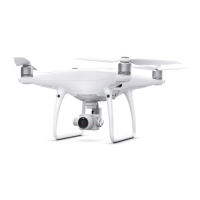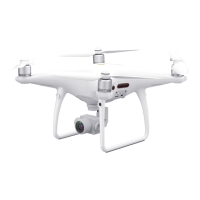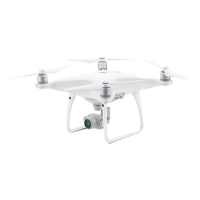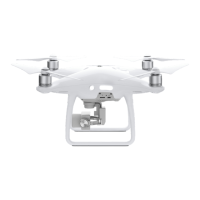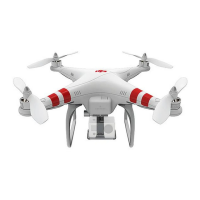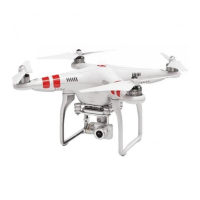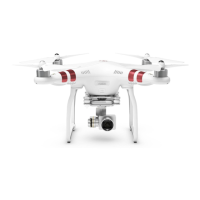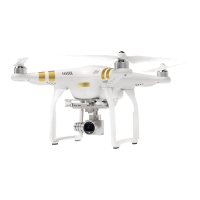66
©
2018 DJI All Rights Reserved.
Phantom 4 RTK User Manual
Multi-Frequency Multi-
System High-Precision
RTK GNSS
Frequency Used
GPS: L1/L2; GLONASS: L1/L2; BeiDou: B1/B2; Galileo*: E1/E5
First-Fixed Time: < 50 s
Positioning Accuracy: Vertical 1.5 cm + 1 ppm (RMS); Horizontal 1 cm + 1 ppm
(RMS).
1 ppm indicates error with a 1 mm increase over 1 km of movement.
Velocity Accuracy: 0.03 m/s
Mapping Functions
Mapping Accuracy**
Mapping accuracy meets the requirements of the ASPRS Accuracy Standards
for Digital Orthophotos Class III.
Ground Sample
Distance (GSD)
(H/36.5) cm/pixel, H indicates the aircraft altitude relative to the shooting scene
(unit: m)
Acquisition Eciency
Max operating area of approx. 1 km
2
for a single ight (at an altitude of 182 m, i.e.,
GSD is approx. 5 cm/pixel, meeting the requirements of the ASPRS Accuracy
Standards for Digital Orthophotos Class III).
Gimbal
Stabilization 3-axis (pitch, roll, yaw)
Controllable Range Pitch: -90° to +30°
Max Controllable
Angular Speed
Pitch: 90°/s
Angular Vibration
Range
±0.02°
Vision System
Velocity Range ≤ 31 mph (50 kph) at 6.6 ft (2 m) above ground with adequate lighting
Altitude Range 0 - 33 ft (0 - 10 m)
Operating Range 0 - 33 ft (0 - 10 m)
Obstacle Sensory
Range
2 - 98 ft (0.7 - 30 m)
FOV
Forward/Rear: 60° (horizontal), ±27° (vertical)
Downward: 70° (front and rear), 50° (left and right)
Measuring Frequency Forward/Rear: 10 Hz; Downward: 20 Hz
Operating
Environment
Surfaces with clear patterns and adequate lighting (> 15 lux)
Infrared Sensing System
Obstacle Sensory
Range
0.6 - 23 ft (0.2 - 7 m)
FOV 70°(Horizontal), ±10°(Vertical)
Measuring Frequency 10 Hz
Operating
Environment
Surface with diuse reection material, and reectivity > 8% (such as wall, trees,
humans, etc.)
Camera
Sensor 1’’ CMOS; Eective pixels: 20M
* Supported later.
** The actual accuracy depends on surrounding lighting and patterns, aircraft altitude, mapping software used,
and other factors when shooting.
